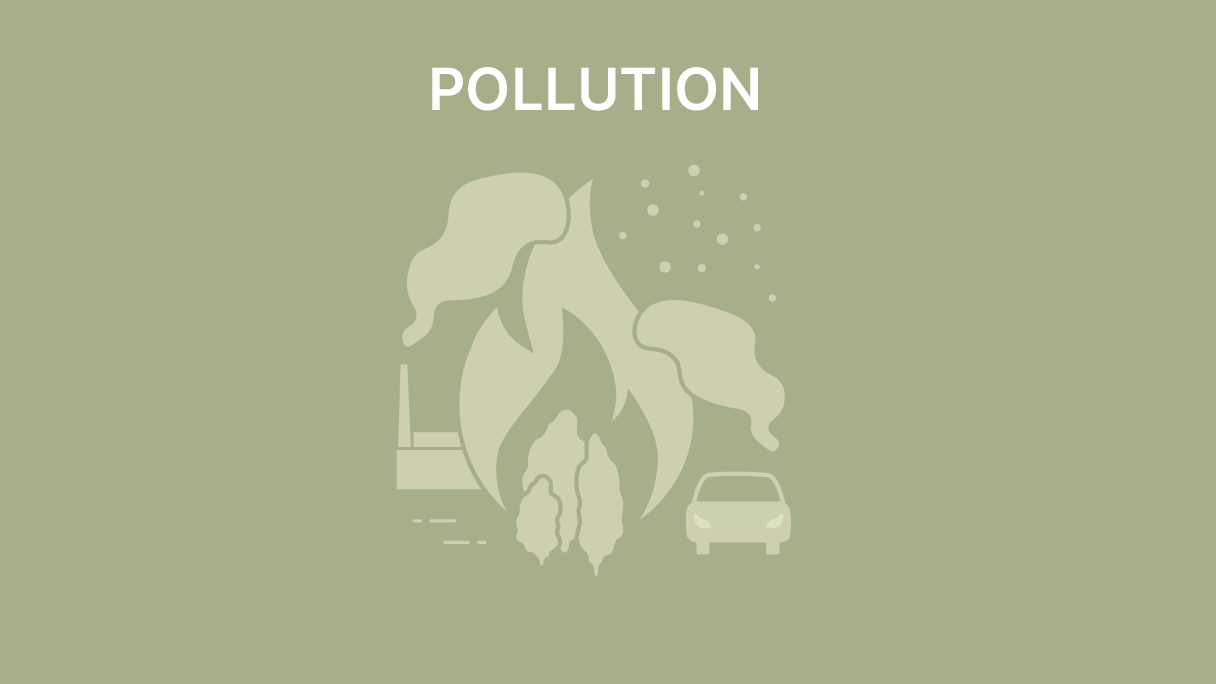Air pollution
ENVIRONMENT
Recorded by Sofie Pelsmakers, images by Essi Nisonen
KEY READINGS
Air quality and Health, Sustainable development goals & air pollution, WHO, https://www.who.int/teams/environment-climate-change-and-health/air-quality-and-health/policy-progress/sustainable-development-goals-air-pollution
Ambient (outdoor) air pollution, WHO https://www.who.int/news-room/fact-sheets/detail/ambient-(outdoor)-air-quality-and-health?gclid=Cj0KCQjwnMWkBhDLARIsAHBOftpDaQ_-ETR6edmcR0GpbblRhN1sLoHFzkPucOYo0rBhMvNkDPdz2wEaAlUTEALw_wcB
Air, National Geographic, https://education.nationalgeographic.org/resource/air/
Designing for the Climate Emergency, a Guide for Architecture Students by Pelsmakers, S., Donovan, E., Hoggard, A., Kozminska, U., RIBA
Healthy Placemaking: Wellbeing Through Urban Design, Fred London, RIBA
Climate Change 2022: Impacts, Adaptation and Vulnerability. Contribution of Working Group II to the Sixth Assessment Report of the Intergovernmental Panel on Climate Change, IPCC
The Environmental Design Pocketbook, by Pelsmakers, S., RIBA
INSPIRATIONAL BUILT EXAMPLES
EcoLogicStudio – Photo.Synth.Etica, Dublin, Ireland
Barcelona super blocks, Spain
Vauban, Freiburg, Germany
Turenscape, Mangrove Park sponge city, China
AIR POLLUTION
Air pollution has become a major issue in urban areas, driven by factors such as fossil-fuelled transport and wood-burning. Air pollution is worst in urban areas due to high concentrations of vehicles and industries. The urban heat island effect, along with wildfires, contributes to poor air quality. In Europe, millions of urban dwellers are exposed to unhealthy air levels, posing severe health risks. But it also harms ecosystems as it damages vegetation and reduces biodiversity. Hence a restorative approach is necessary to protect air quality to safeguard human health, ecosystems, and the planet, and it includes reducing pollution sources, green infrastructure and vegetation in cities but also cleaner vehicles, sustainable mobility and land-use models. Measures like speed limits and well designed streets, car-free zones, and safe walking and cycling routes can contribute to cleaner but also safer, and more equitable urban environments.

